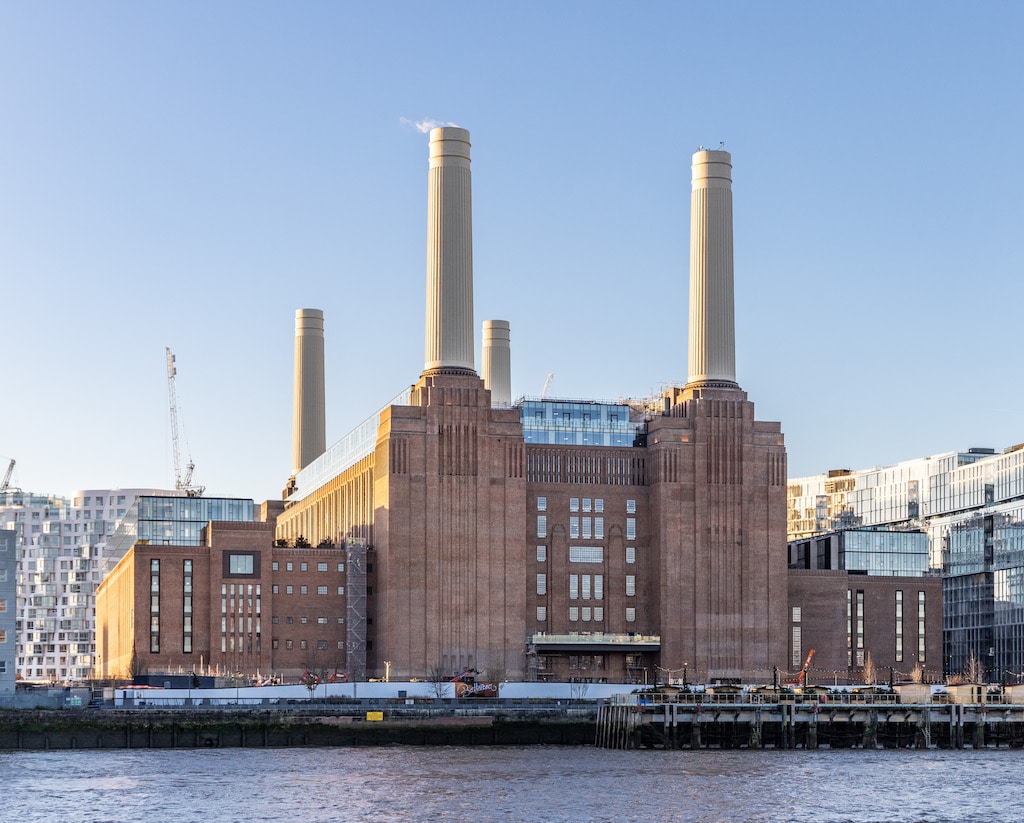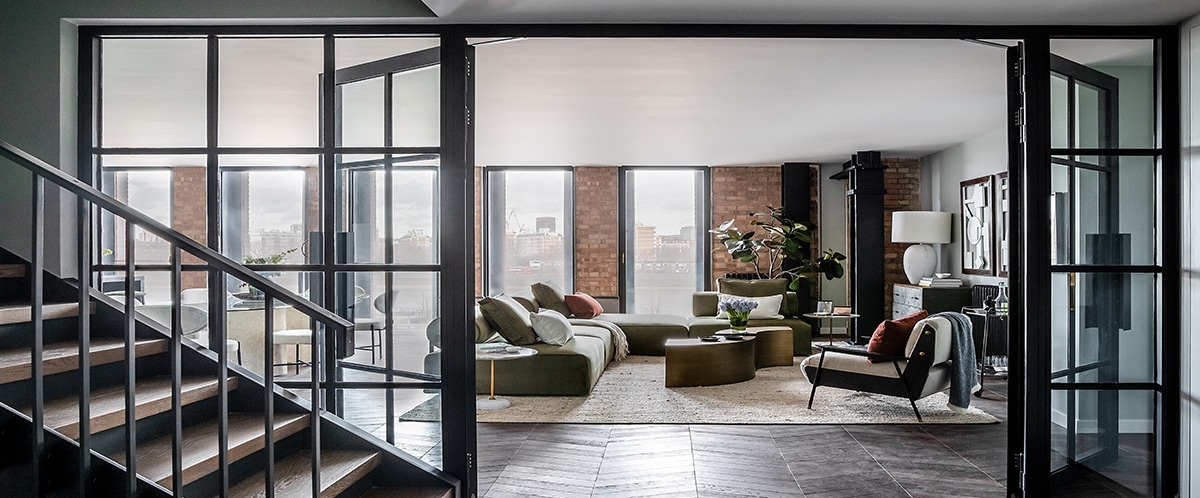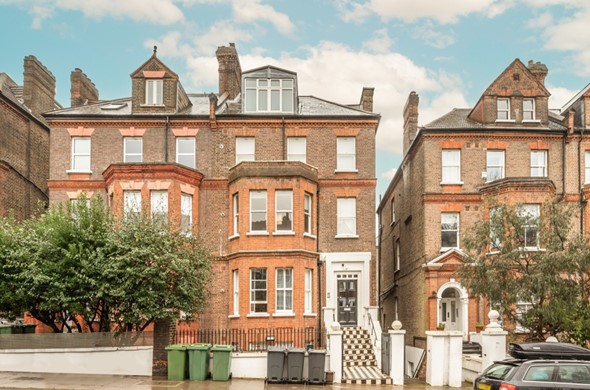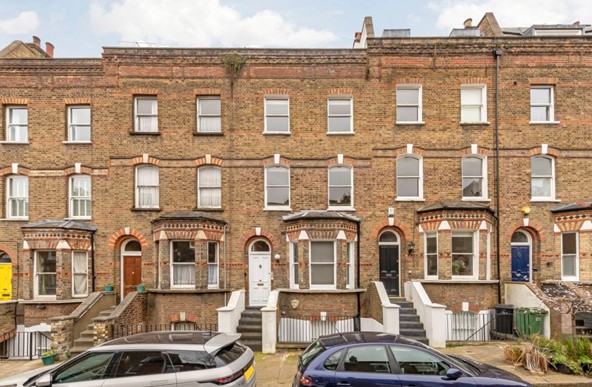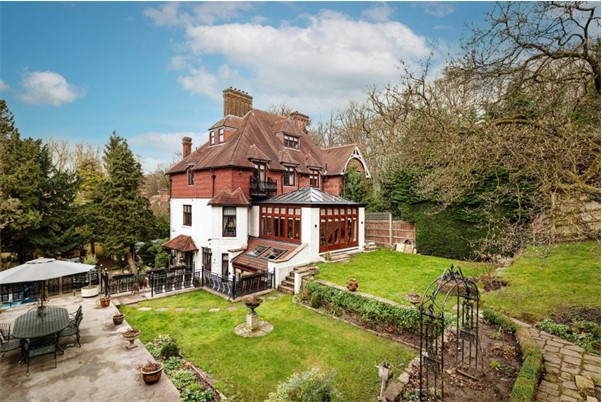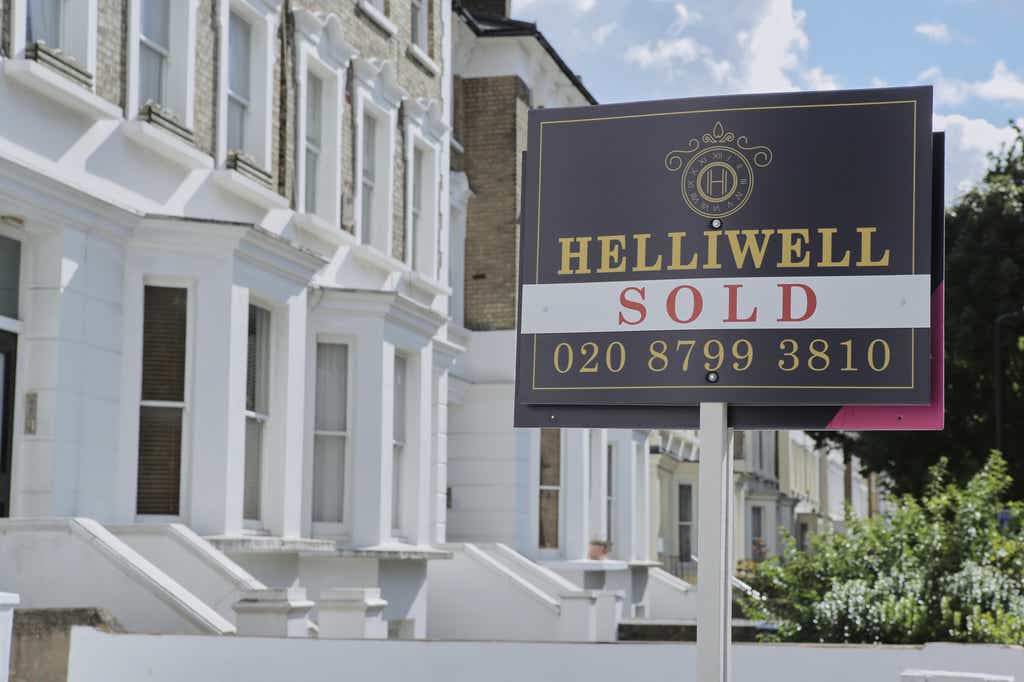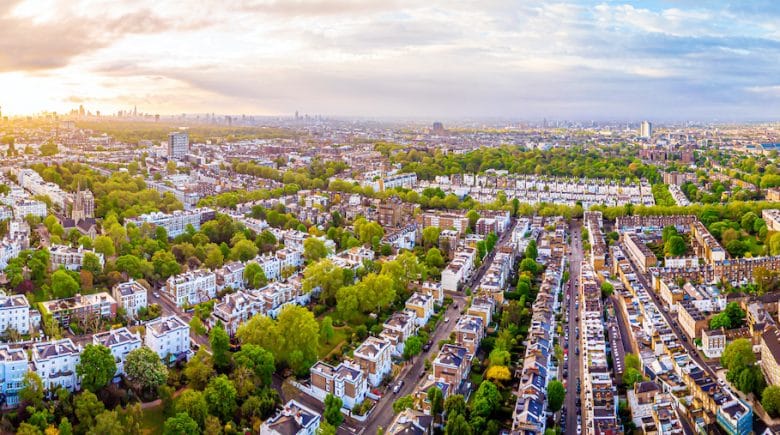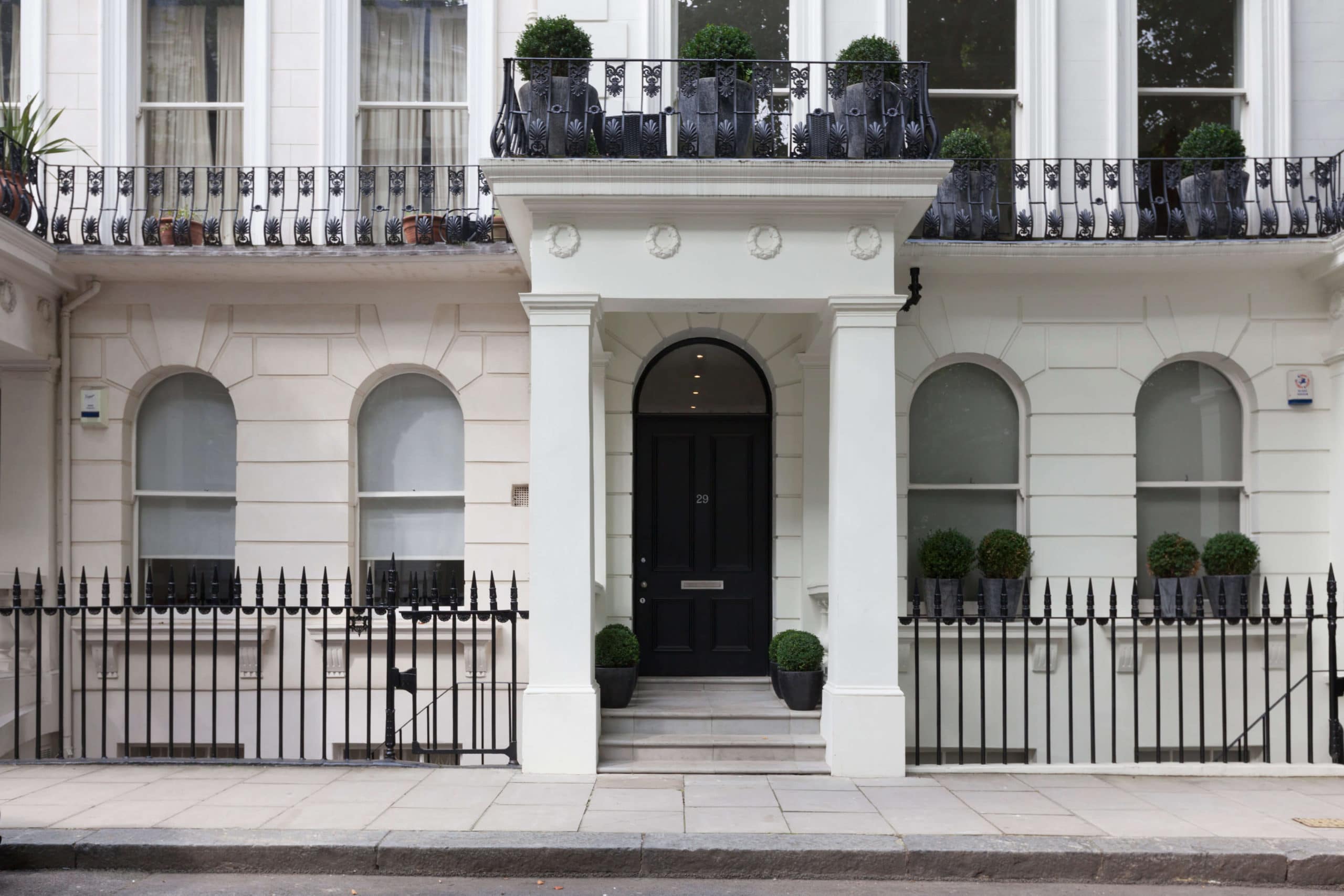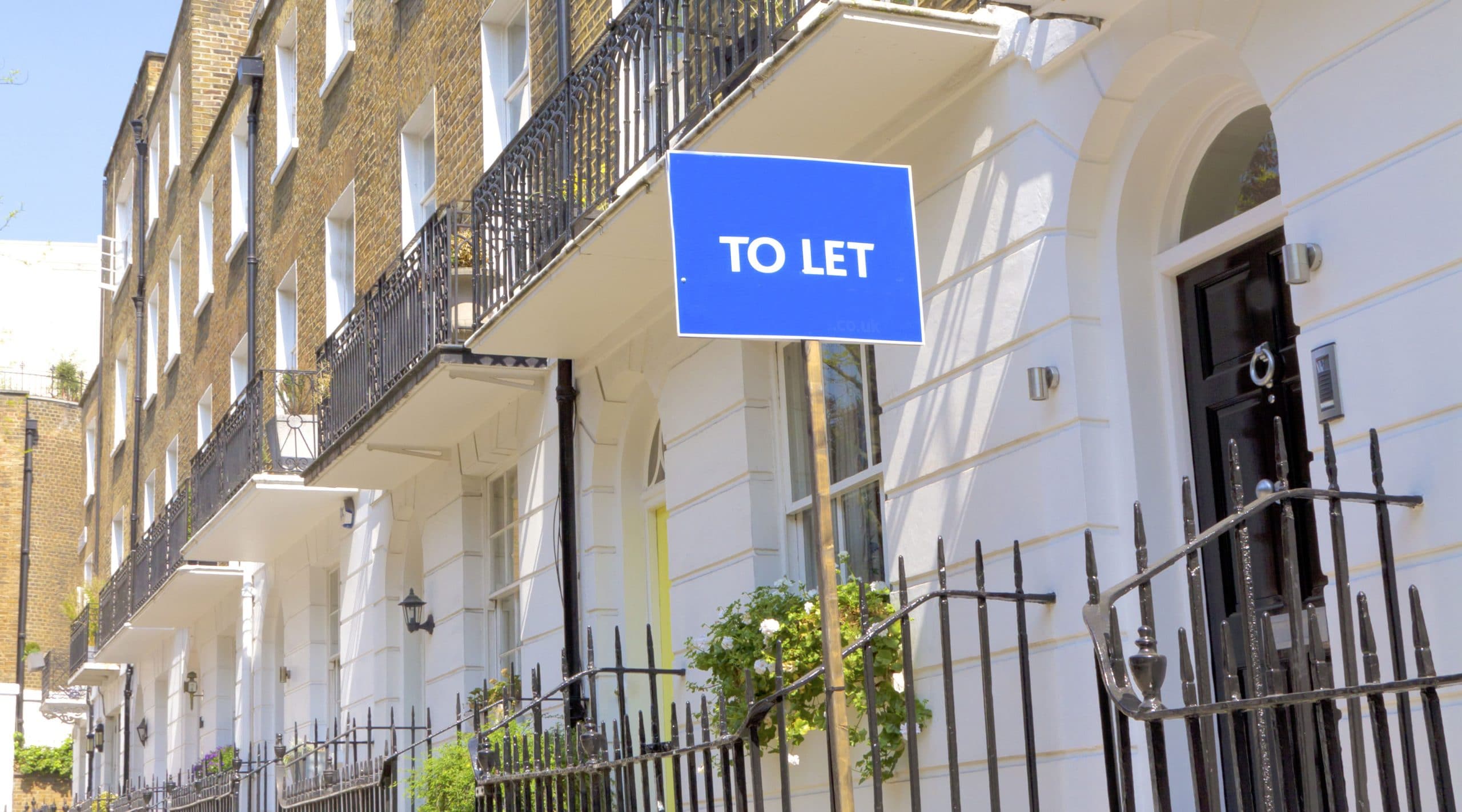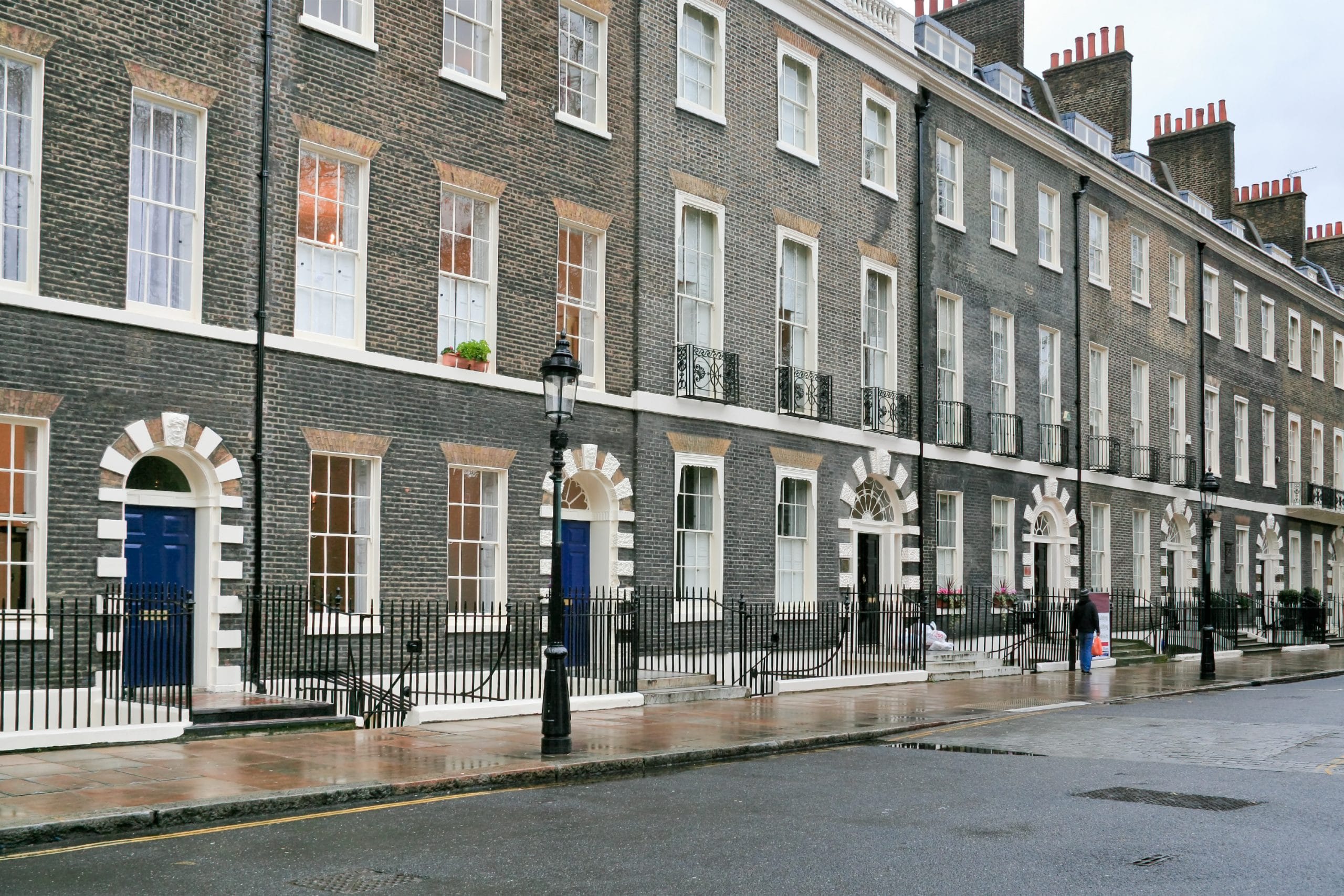Where is all the stock; what will happen to prices; and which areas are buyers flocking to right now? Seasoned buy-side pros have been giving their hot takes on the first few months of 2022, which is shaping up to be another crazy one…
We’ve heard a lot about the severe and continuing shortage of homes available to buy across the UK property market, and the situation seems even more stark at the top end.
“The finest homes are as rare as unicorns,” say Richard & Sophie Rogerson of RFR, “and invariably trade competitively and without ever coming to the open market.”
“There is a perpetual lack of supply,” adds Charlie Wells of Prime Purchase, noting that “this imbalance in the prime markets looks set to continue to support prices, while hesitant buyers risk missing out.”
Adding to the market’s hectic pace, international buyers are back on the scene in both town and country. London-based Eccord, for example, has enjoyed a 40% increase in enquiries from overseas buyers in the last month.
Some international buyers appear to be paying over the odds for English country houses, suggests Charlie Ellingworth of Property Vision, while a broader range of central London properties are in demand as city life resumes. Black Brick’s Camilla Dell has noticed “a bit of a shift from people wanting a townhouse in Belgravia or Mayfair,” towards more community-centred Chelsea.
Chelsea has got ‘much, much nicer’ over the last few years, says Black Brick, and is being favoured by many buyers over Belgravia and Mayfair
“Houses and apartments without decent outside space were almost unsaleable” in the immediate aftermath of Covid-19 lockdowns, says Edward Towers of Aykroyd & Co. Now, however, “best in class properties in general are back in demand, even where they lack outside space.” Towers believes this “is due to there being more pied-a-terre and overseas investment buyers re-entering the market, after a lull over the past year or two.”
Ellingworth adds a note of caution, echoing Knight Frank’s latest forecasts that anticipate a slowing market. “There is a queue of buyers who are burning hot – for now – but may not be next year or the year after,” he warns. “This thought is percolating through and sellers are beginning to consider that this may be the moment to get the premium that may not be there once the post-pandemic backlog has eased and the fallout from the Ukrainian crisis is known. If that is right, this year will be busy.”
Best-in-class properties are back in demand, even those without outside space
Edward Towers, Aykroyd & Co: “The overall Prime Central London market has continued in much the same vein as in the run up to Christmas.
“That is to say for best-in-class houses and apartments demand is vastly outstripping supply resulting in best bids being more common.
“As ever, the majority of properties we find for our clients never hit the open market given the intensity of buyers and lack of sellers. This is why we welcome clients engaging with us early, so we have time to fully educate them on the London property market ensuring they are poised and fully committed when we source their preferred property. This ensures they are in the best position to achieve the right outcome.
“Whereas post-pandemic, houses and apartments without decent outside space were almost unsaleable given UK ‘needs based’ buyers’ recent lockdown experiences, we are pleased to report that best-in-class properties in general are back in demand, even where they lack outside space. We believe this is due to there being more pied-a-terre and overseas investment buyers re-entering the market, after a lull over the past year or two.
“Perhaps unsurprisingly after several years out of the limelight, due to distractions such as Brexit, Corbyn and other factors such as recent stock market turmoil and world events have refocused London’s status as the premier haven for international investors, on top of an already strong domestic market.
“We have seen our busiest ever month for enquiries. We recognise and appreciate, particularly with current global affairs, that security is more important to buyers than potential interest rate rises.”
The Great Catch Up
Charlie Ellingworth, Property Vision: “Almost every seller is a buyer. This pretty well sums up the dynamic of the current market where supply, or lack of it, is the cri de coeur of every buyer. It may be great to get a record price for your house, but if you can’t find anything to replace it, even at half the price, then you tend to stay where you are.
“But if that is the case, then why are nearly all estate agents reporting a record year? They live on high turnover, not high prices, so if the desert is really so dry, they should be moaning, not rejoicing. The reason it has been a happy time for them is the Great Catch Up, that has happened after a year of lockdowns, covering all property – the good, the bad and the indifferent. It is when they sell lots of the bad and indifferent – those with a view of pylons, the smell of a nearby farmyard, the restaurant below or the noise of a motorway – that they make their money. It is in the rarified air of the good that the problem lies – as indeed it always does – where there are lots of ticks that have to match lots of boxes and where the need to compromise is somewhat alleviated by lots of money.
“It is also very concentrated. In London it is communal gardens in Holland Park/Notting Hill where there is always competition, as there is for large lateral flats with an outside space. In the country, outside the obvious commuting areas, the really hot demand is in North Oxfordshire (Jeremy Clarksonshire) and the Cotswolds, the Wiltshire chalk valleys, the West Sussex Downs and in Somerset around Bruton. In all these areas there is a limited supply and a huge demand: we estimate this (and this is finger in the air not a scientific fact) to be about three times more than in the pre- Covid era. This has obviously shown through in prices but also in the value of extra land. This is the premium paid for a house with say 200 acres of land that values the land at multiples of its agricultural price – the whole being worth way more than the sum of the parts. The valuation of this for a bank loan is clearly going to be a problem – which illustrates well that this is a market for cash buyers where personal fulfilment trumps demonstrable economic value.
“Bank valuations are an issue in such a thin and rarified market as they are, by definition, backward looking. Valuations also assume that buyers are familiar with the market and comparing what they are buying with a house nearby. For example, there were four houses in the Cotswolds that sold last year to Americans, as near as sight-unseen, for what were punchy prices. They were probably comparing the price with an equivalent house in Florida, the Côte d’Azur or Tuscany, against which they may have seemed cheap. Looking at recent local price history they appear high – but against the London equivalent they also would appear good value. Who is right on this? In a genuinely international market it’s a difficult call.
“There were plenty of people calling time on the London market last year. With working from home, who’d choose to live in the capital? It turns out that all the things that people like about cities – restaurants, theatres, clubs and galleries – have probably even more appeal after a year of abstinence. The market has been busy even without a good proportion of traditional overseas buyers, particularly those still locked down all over Asia. Even without them, there is demand for certain types of property: a large lateral flat with air conditioning is always appealing to a certain type of international buyer who would never buy anything else.
“Their value is underpinned in that they won’t be making any more of them: Westminster has introduced size restrictions for any new buildings in their area – 1,615 square feet – and Kensington and Chelsea have said that they will follow suit. This is the size of a generous two- bedroom flat and a lot smaller than any family house. This constriction of supply won’t have a major influence on prices until all the schemes that are currently under construction are completed and sold – but this is a major sea-change in a city that has been, for the last thirty years, pretty laissez faire about letting the market do what it does.
“It would be a mistake to assume that the whole property market is a seller’s market. There are plenty of places where the buyer is in the driving seat – often dictated by fashion. A good house in Leicestershire or Rutland will cost you half the equivalent in Gloucestershire or Hampshire despite better rail connections and not dissimilar countryside. Mobile phone and internet black spots will stymie even the loveliest of positions. If you are looking for a tall thin house in London with no garden, the price you pay per square foot will be about half the communal garden equivalent. There are plenty of dark flats, in clapped out buildings, on busy roads that are barely worth more now than they were in 2014 – the high-water mark for the London market before the Osborne stamp duty axe was wielded.
“Going back to the lack of supply, what unlocks the top end of the market if sellers can’t buy what they want? There is, we sense, a slight change in sellers’ perceptions. Against a darkening economic background of already high inflation and almost certain rising interest rates, there is a queue of buyers who are burning hot – for now – but may not be next year or the year after. This thought is percolating through and sellers are beginning to consider that this may be the moment to get the premium that may not be there once the post-pandemic backlog has eased and the fallout from the Ukrainian crisis is known. If that is right, this year will be busy.”
Short supply for high-end buyers
Jo Eccles, Eccord: “The market remains extremely challenging for buyers seeking large family homes in prime central London locations such as Chelsea, Notting Hill and St Johns Wood, particularly in the £5m – £15m price bracket.
“Approximately 80% of our clients are domestic needs-driven buyers, but we are also seeing the return of discretionary and international buyers. In the last month we have had a 40% increase in enquiries from international buyers, mainly from the US and Europe, as well as a number of expats relocating back from Singapore and Hong Kong.
“Outside space is less important to them but a porter or concierge is. In the £5m – £10m price range, buyers are cost conscious and sensitive to service charge levels, whereas our £10m+ buyers are keen to have hotel grade amenities and are willing to pay for them.”
US and Canadian buyers leading the international charge
Richard & Sophie Rogerson, RFR: “Whilst Omicron delayed the start of 2022 and global equity markets reacted to any manner of shocks, demand for prime properties in London seems so far unabated. According to Knight Frank, demand remains 70% above the five-year average. We have certainly seen our busiest Q1 for some time and that follows two extraordinary years of demand for our services.
“Demand represents a mix of domestic and international buyers, with the former now driven as much by the global M&A boom as pandemic proofing, whilst US and Canadian buyers are returning in force and leading the international charge. We are of course sector agnostic, but London is, anecdotally, seeing a surge in tech and life science entrepreneurs. Whilst the financial City remains subdued and adjusts to changing commuter patterns, London itself has seen a resurgence since lockdown measures were lifted.
“…In contrast, stock levels remain exceptionally low, especially for best-in-class properties and for well executed ‘turnkey’ properties. The finest homes are as rare as unicorns and invariably trade competitively and without ever coming to the open market. With a recent Savills survey showing that 90+% of buyers see the lack of stock as their biggest issue, it is no surprise that our ability to gain preferential access to these discreet properties has become the focus for new clients when we meet. As ever, there is no shortcut to opening these elusive doors; it is about the strength of relationships, credibility and tenacity.”
Lack of supply looks set to support prices
Charlie Wells, Prime Purchase: “The prime housing market has felt robust but cautious this year, for obvious reasons. Clients are mindful of rising inflation and living costs, which are having a negative impact on us all. That said, life is too short to stand still and do nothing, so with some appropriate adjustments to aspirations and spending power, the market continues to move on with surprising gusto.
“Good houses, both in London and the country, seem to be receiving as much interest as ever with large numbers of viewings, competitive bids and premium prices being paid. There is a perpetual lack of supply; this imbalance in the prime markets looks set to continue to support prices, while hesitant buyers risk missing out.”
Chelsea in bloom, as Mayfair & Belgravia wilt
Camilla Dell, Black Brick: “St John’s Wood has been red hot for the last couple of years, and there is a real lack of supply of family houses.
“When a good house does come up it sells immediately, and records are being set. I would say that prices have gone up by at least ten per cent in the last 12 months.
“Chelsea is an area we now get asked to search in more than we did pre-pandemic.
“There has been a bit of a shift from people wanting a townhouse in Belgravia or Mayfair. Both suffer a bit from a reputation that a lot of owners are from overseas and nobody actually lives there. Chelsea is a much more residential area, and one which has got much, much nicer over the last few years, with immediate access to lovely coffee shops and restaurants.
“The pandemic has definitely made people value having a great quality high street close to their front door.
“We have also seen an uptick in interest in east London postcodes, particularly from entrepreneurs and tech types. There is definitely strong activity, which will be being driven by the return to normality and people going back to their offices.
“Plus, it is so much more affordable than Prime Central London for younger buyers.
“Some buyers are bound to be people who moved out of London and are now realising that they need to be back in their offices at least a few days a week. There are a lot of businesses which will not accept people working from home from the shires full time.
“I am sure that there are also a lot of returning renters thinking the same thing, which is why we are also seeing rents increase.”

